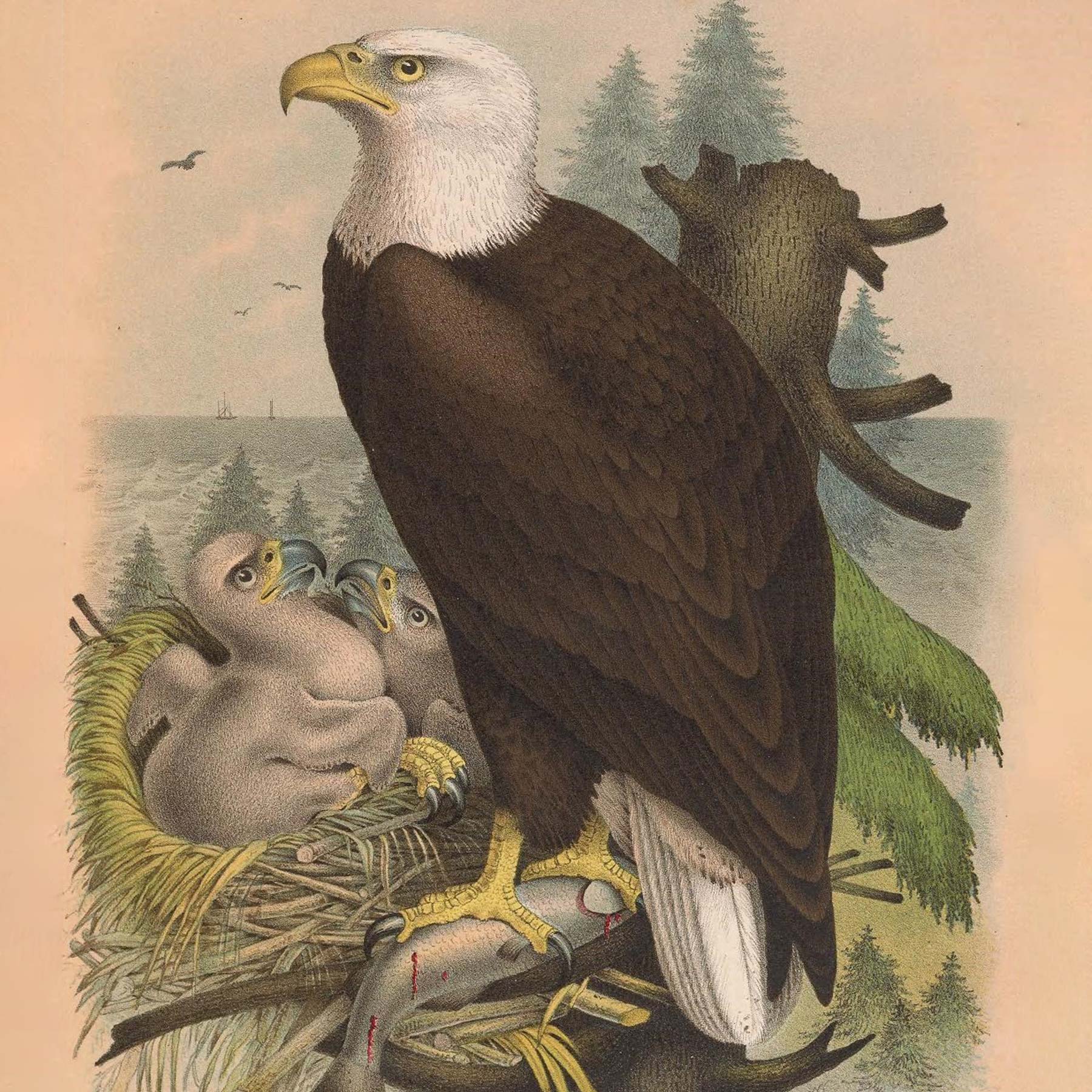Read on to find out.
What Is A Mourning Card?
Why Would You Need A Mortsafe?
|
|
What is Death Photography?
 Example of death photography, subjects unknown Example of death photography, subjects unknown
|
Why Were Bells Fitted to Coffins?
One of the most enduring legends of Victorian England is that people would fit bells to their coffins to prevent themselves from being buried alive. Being buried alive was a widespread fear at the time and covered in newspaper articles and literature, including; Edgar Allan Poe's The Fall of the House of Usher, The Cask of Amontillado, Berenice and The Premature Burial. Safety coffins with measures such as bells, feeding tubes, transparent screens and flags were invented to combat this fear. The idea was that the person inside the coffin could signal to the outside world if they were alive, or the graveyard attendant or priest could monitor the grave for signs of life. However, there are no documented cases of safety coffins successfully helping an accidentally buried person escape.
 The Premature Burial by Antoine Wiertz: a cholera patient reaching out from a coffin. He was misidentified as dead The Premature Burial by Antoine Wiertz: a cholera patient reaching out from a coffin. He was misidentified as dead
|
Spiritualism: Communicating
With The Dead
Interested In Learning More?
Get Death and Mortality: An Image Archive for Artists and Designers in paperback or eBook. This is a brilliantly curated pictorial archive of copyright-free images exploring one of the most prevalently studied subject matters in art, death. This book features an extensive range of 17th and 18th-century etchings and engravings of skeletons, the Grim Reaper, death masks, ghosts, corpses and as extensive pictorial collection from The Dance of Death and much more.
Image Download Included:
We have carefully restored the artwork and provided a download link within the publication where you will locate high-resolution files in JPEG format to speed up your workflow. No scanning necessary! Follow the instructions found within the book and instantly access all images.

|


 Mourning card for HRH Prince Albert via the Victoria and Albert Museum
Mourning card for HRH Prince Albert via the Victoria and Albert Museum Mortsafe in Greyfriars Kirkyard, Edinburgh. By
Mortsafe in Greyfriars Kirkyard, Edinburgh. By 


